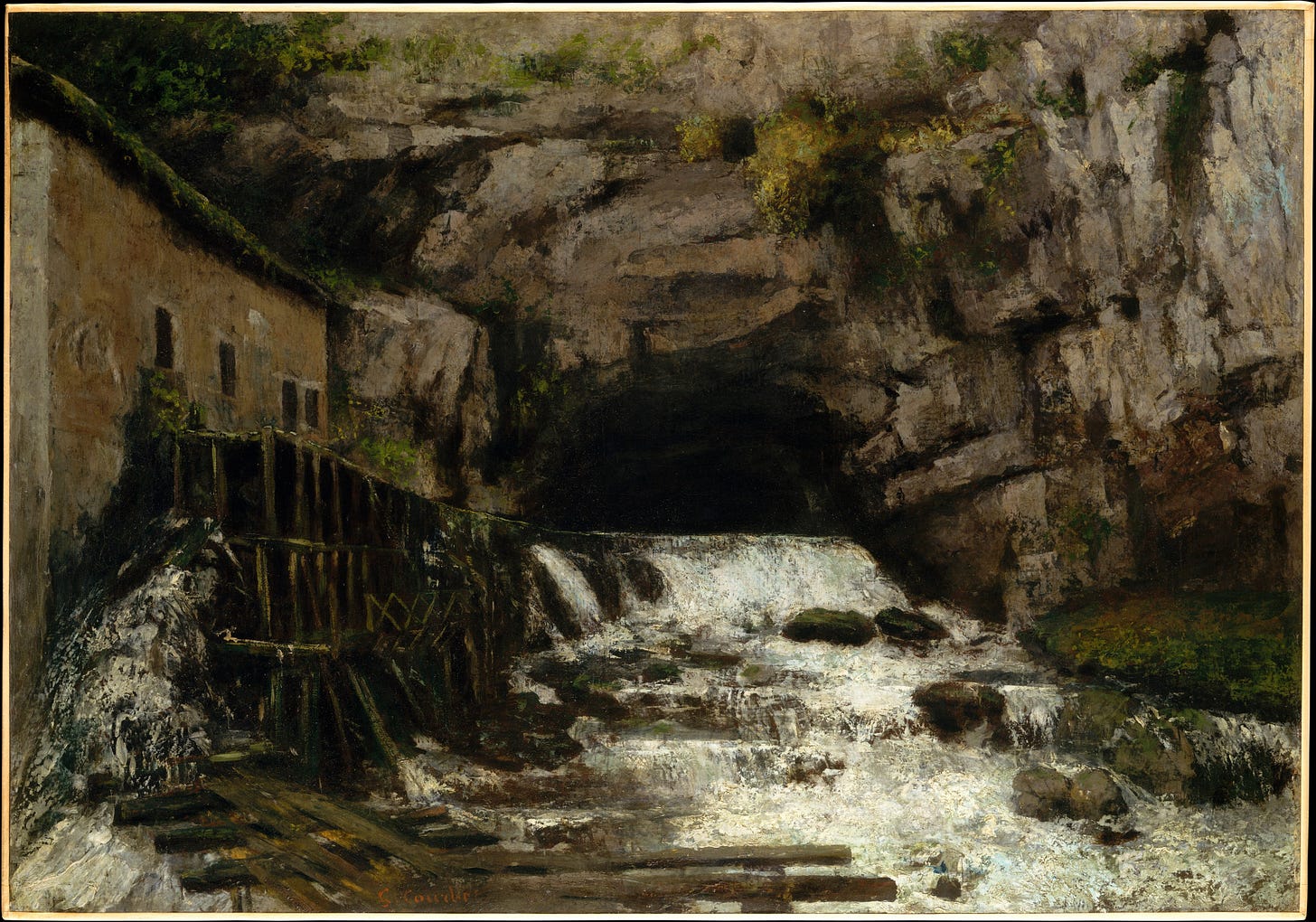Fright at the museum
Plus, a new symphonic fragrance.
Can you believe it is November? I try to shield my mind from the ceaseless passage of time, personally.
Last week, I saw BalletCollective’s fall program Echoes of the Unseen (review forthcoming) and Richard Move’s enchanting Martha@BAM: The 1963 Interview (review here). I also briefly lost my keys at BAM, so here I would like to thank the security team of the entire BAM complex who helped me in my moment of panic at 9:30 p.m. on Thursday.
I shared a book pick for November for
’s Content Corner. You can still sign up for the November McNally Editions book club (at the SoHo location), which I will be hosting, here. We are reading Thereafter Johnnie. I just remembered yesterday that I need to read The Sound and the Fury by next week for another book club of which I am a member. Wish me luck.Time for the news.
Let’s check in on how the Louvre is doing after 80 percent of New York City residents (including me) dressed as jewel thieves for Halloween. French culture minister Rachida Dati said on Friday that the museum will get “anti-ramming devices” by the end of the year, according to Le Monde. Quick turnaround!
Dati added that the Louvre’s security measures, including a severe lack of cameras, are at least 20 years out of date. That may be why it was a “group of small-time criminals” who pulled off the heist, rather than members of a more organized crime ring, Le Monde also reported. The six suspects who are currently in custody are all “local people” and include a couple (ages 37 and 38) who share children. Millennials finally taking things into our own hands, I suppose. The jewels have yet to be uncovered.
Meanwhile, there was also a heist in the U.S. More than 1,000 objects were stolen from the storage facility of the Oakland Museum of California, the New York Times reported. The objects stolen varied: a majority were “common memorabilia such as political pins, award ribbons and souvenir tokens,” but missing artifacts include Indigenous woven baskets, carved walrus tusks, and a necklace by the late artist Florence Resnikoff.
Amid this apparent boon in museum heists, these institutions are continuing to contend with contentious collecting histories. The heirs of Jewish couple Hedwig and Frederick Stern have just sued the Metropolitan Museum of Art and the Basil & Elise Goulandris Foundation saying that a Van Gogh painting the museum purchased in 1956 was actually looted by Nazis, the New York Times reported. The original purchaser of the painting, Theodore Rousseau Jr., was an expert on Nazi-looted art, according to the lawsuit, and therefore, should have been able to determine the piece’s rightful ownership. The Met sold “Olive Picking” (1889) in 1972 to the Goulandris Foundation, which currently has it on display in Athens. The Met says that it had no knowledge of the painting’s prior ownership until “decades after” it left the museum collection.
Cairo’s Grand Egyptian Museum finally opened to the public today. The $1 billion project features nearly 50,000 artifacts, including treasures from the tomb of King Tutankhamun. According to the AP, the museum’s CEO, Ahmed Ghoneim, told reporters that it anticipates 7 million visitors a year (for context, the Met Museum welcomed more than 5.7 million visitors in FY2025, the Louvre saw 8.7 million visitors in 2024, and the British Museum had 6.4 million visitors that year).
Monocle’s Gulf correspondent Inzamam Rashid views the 20-year-in-the-making project with some skepticism. It’s clearly an attempt at soft power as Egypt reshapes its image on the global stage. He writes:
It allows Cairo to reframe the conversation from crisis to civilisation, from IMF loans to the legacy of the pharaohs. Indeed, who is this museum for? The ticket prices will certainly deter many Egyptians and the scale of the site feels designed for international tour groups rather than locals on an afternoon outing….The GEM is an extraordinary achievement, yes, but it’s also a reminder that modern Egypt is still negotiating its relationship with the recent past. Whether it becomes a living cultural institution or another monument to ambition will depend on what happens when the world’s cameras leave and the red carpets are rolled away.
I wasn’t sure what to expect when I read last week about British choreographer Wayne McGregor’s new exhibition at Somerset House, Infinite Bodies. But my interest has since been piqued.
It uses an AI choreographic tool, AISOMA, developed with the help of Google Arts & Culture to essentially co-choreograph with visitors, using McGregor’s body of work as source material. You can watch him explain it in this video.
McGregor and the curators are very insistent on AI as a tool, rather than a one-and-done art-making machine. Honestly, this looks very cool, and is such an interesting way to introduce people to a choreographer’s style and signatures. The Guardian was impressed, too, but noted that to get the full impact, visitors should also see McGregor’s 3D dance film, On the Other Earth, showing nearby at Stone Nest.
This use of technology is a step in the right direction—it’s being used not only to make more dance more accessible to a wider audience, but it’s using interactivity and personalization to make it more understandable, and dare I say more exciting, to non-dancers. More of this!
Below the paywall: Opera’s misogyny problem, the backlash to a museum rebrand, and international authors to play attention to.
Keep reading with a 7-day free trial
Subscribe to Mezzanine Society to keep reading this post and get 7 days of free access to the full post archives.



